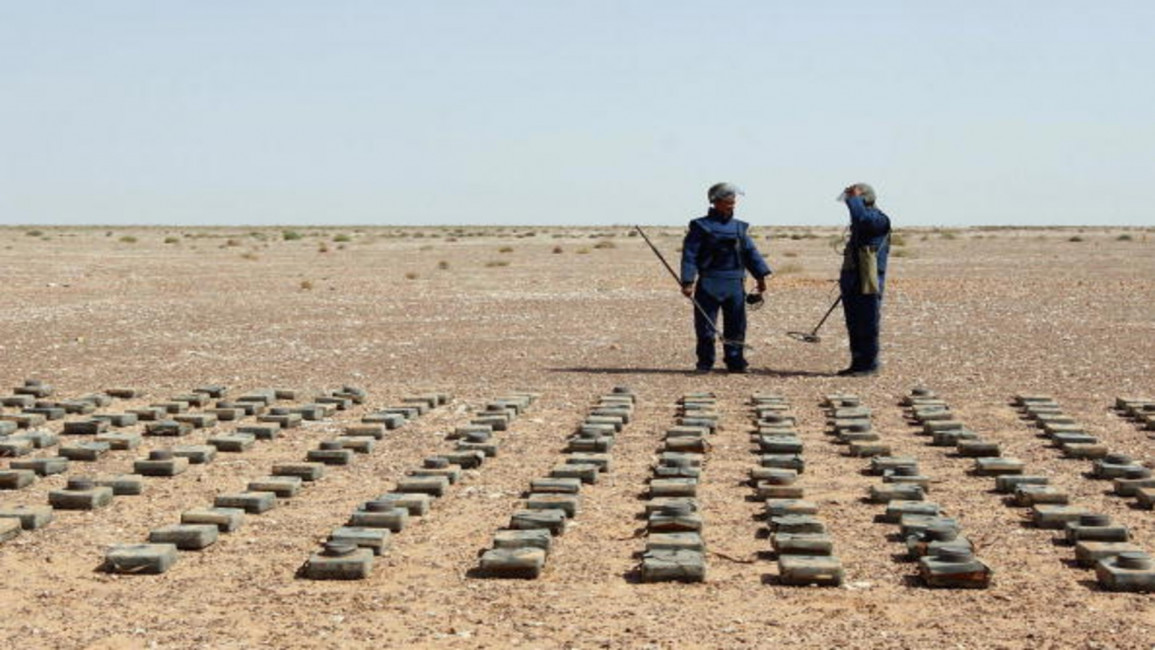Banned antipersonnel landmines transferred to Libya from Russia: HRW
A new report by the United Nations Panel of Experts on Libya contains “disturbing news” about recent transfers of internationally banned antipersonnel landmines from Russia into Libya, Human Rights Watch (HRW) has said.
Buried in the UN documents were references to antipersonnel mines manufactured in Russia and likely brought into Libya in the 2018-2019, in breach of an arms embargo.
Libya and Russia are not among the 164 nations that have committed to prohibit the use, production, transfer, and stockpiling of antipersonnel mines. Since the adoption of the 1997 Mine Ban Treaty, transfers of antipersonnel mines have dwindled to a low number of illicit transactions.
Antipersonnel mines of Soviet or Russian origin have been reported in more than 30 countries, but there was no evidence to show the transfers had taken place since the treaty came into being.
|
|
Human Rights Watch last year reported the use of antipersonnel landmines and booby traps in the southern suburbs of the Libyan capital, Tripoli, as rogue General Khalifa Haftar's assault on the city was pushed back by a government counter-offensive.
Russia has been a key backer of Haftar, whose stronghold is in eastern Libya, and Russian mercenaries from the Wagner private security group have fought alongside his forces against the internationally recognised Libyan Government of National Accord (GNA), which stepped down earlier this month.
Steve Goose, arms division director at Human Rights Watch and chair of the International Campaign to Ban Landmines, said at that time that “any use of internationally banned landmines is unconscionable.”
Read also: Libya demands 'immediate' withdrawal of foreign mercenaries
The former Government of National Accord has shared photographs on Twitter showing Russian-made MON-50, POM-2, POM-2R, and PMN-2 antipersonnel landmines that it claimed were used by “mercenaries” supporting Haftar's forces.
Several of the same types of antipersonnel mines have also been used in Ukraine and Syria, coinciding with Russian military presence in those conflicts.
HRW said the appearance of Russian-made antipersonnel mines in recent conflicts “raises alarm bells and shows that Russia may be deliberately flouting the emerging international norm against any transfers or use of these weapons, which have taken untold lives and limbs.”
Follow us on Facebook, Twitter and Instagram to stay connected



